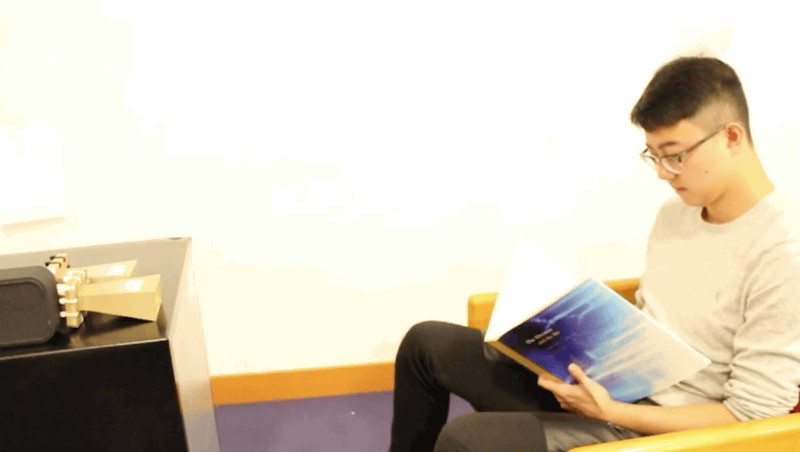-
Tips for becoming a good boxer - November 6, 2020
-
7 expert tips for making your hens night a memorable one - November 6, 2020
-
5 reasons to host your Christmas party on a cruise boat - November 6, 2020
-
What to do when you’re charged with a crime - November 6, 2020
-
Should you get one or multiple dogs? Here’s all you need to know - November 3, 2020
-
A Guide: How to Build Your Very Own Magic Mirror - February 14, 2019
-
Our Top Inspirational Baseball Stars - November 24, 2018
-
Five Tech Tools That Will Help You Turn Your Blog into a Business - November 24, 2018
-
How to Indulge on Vacation without Expanding Your Waist - November 9, 2018
-
5 Strategies for Businesses to Appeal to Today’s Increasingly Mobile-Crazed Customers - November 9, 2018
MIT scientists use radio waves to sense human emotions
The device, dubbed EQ-Radio, can identify emotions such as anger, pleasure, sadness and joy by bouncing wireless signals off a person’s body and analyzing the reflections to infer breathing and heartbeat signals.
Advertisement
MIT professor and project lead Dina Katabi envisions the system being used in entertainment, consumer behavior, and health care. You could, for instance, use it in smart TVs to more accurately gauge viewer response to ads and programming; or you could build it into a smart home hub to trigger automated actions with connected devices like stereos and lighting, adjusting the mood of you home to counter or augment your emotions.
“Our work shows that wireless signals can capture information about human behavior that is not always visible to the naked eye”, says Katabi, who co-wrote a paper on the topic with PhD students Mingmin Zhao and Fadel Adib.
Applications in health care seem almost boundless; the research team suggest it could be used to help with monitoring and diagnosing conditions that have strong emotional components, including depression and anxiety.
EQ-Radio reveals how wireless signals can reliably gather information on human behavior that is not immediately apparent, which could have useful applications within the entertainment and consumer-behavior industries, as well as enormous potential for use within healthcare and diagnostics. The device uses wireless signals that reflect off people’s bodies in order to measure their heartbeats with the same accuracy as an ECG monitor. Cues like facial expressions can be unreliable (think about your poker face), while on-body sensors are a hassle to wear and can be inaccurate if they move around. EQ-Radio can probably tell.
These measurements are used to determine the emotion. For example, a person whose signals correlate to low arousal and negative affect is more likely to tagged as sad, while someone whose signals correlate to high arousal and positive affect would likely be tagged as excited. The technique relies on measuring small changes in somebody’s breathing patterns and heartbeat and doesn’t require body sensors or facial recognition.
“Just by knowing how people breathe and how their hearts beat in different emotional states, we can look at a random person’s heartbeat and reliably detect their emotions”, says Zhao. To test and train the device, subjects listened to certain music or watched certain videos to evoke memories of the four emotions.
Advertisement
The EQ-Radio then would use one of two methods to predict that subject’s feelings: It could either use that person’s “ground truth” as a baseline for future predictions, or use the baselines gathered from the other 11 participants’ reported emotions. The two systems performed similarly with neutral emotions, since a face’s absence of emotion is generally easier to detect than its presence.





























